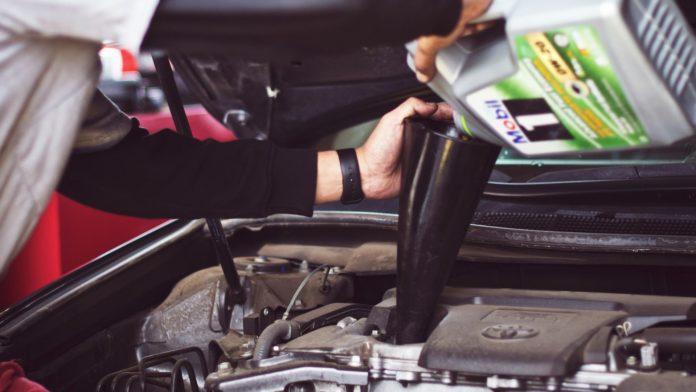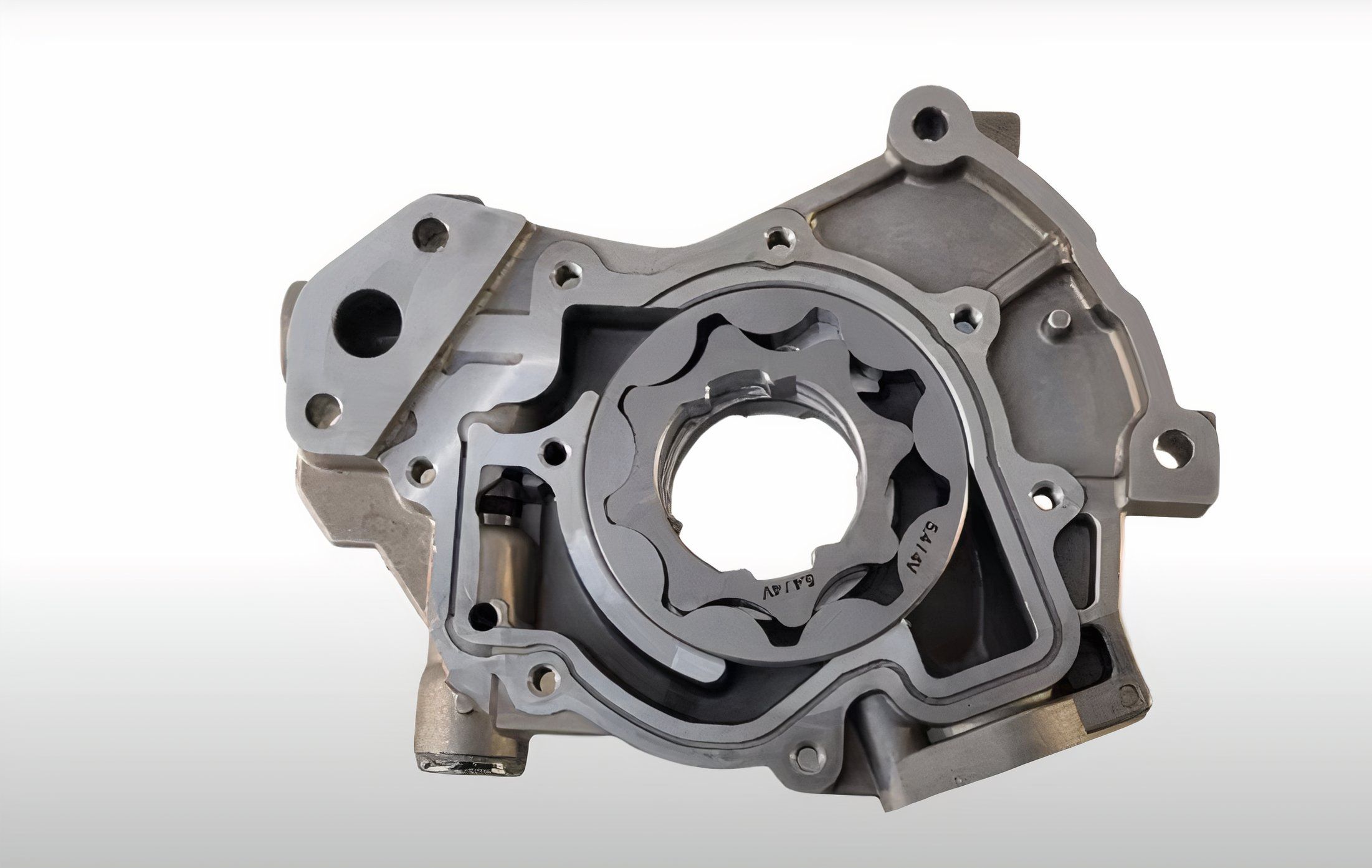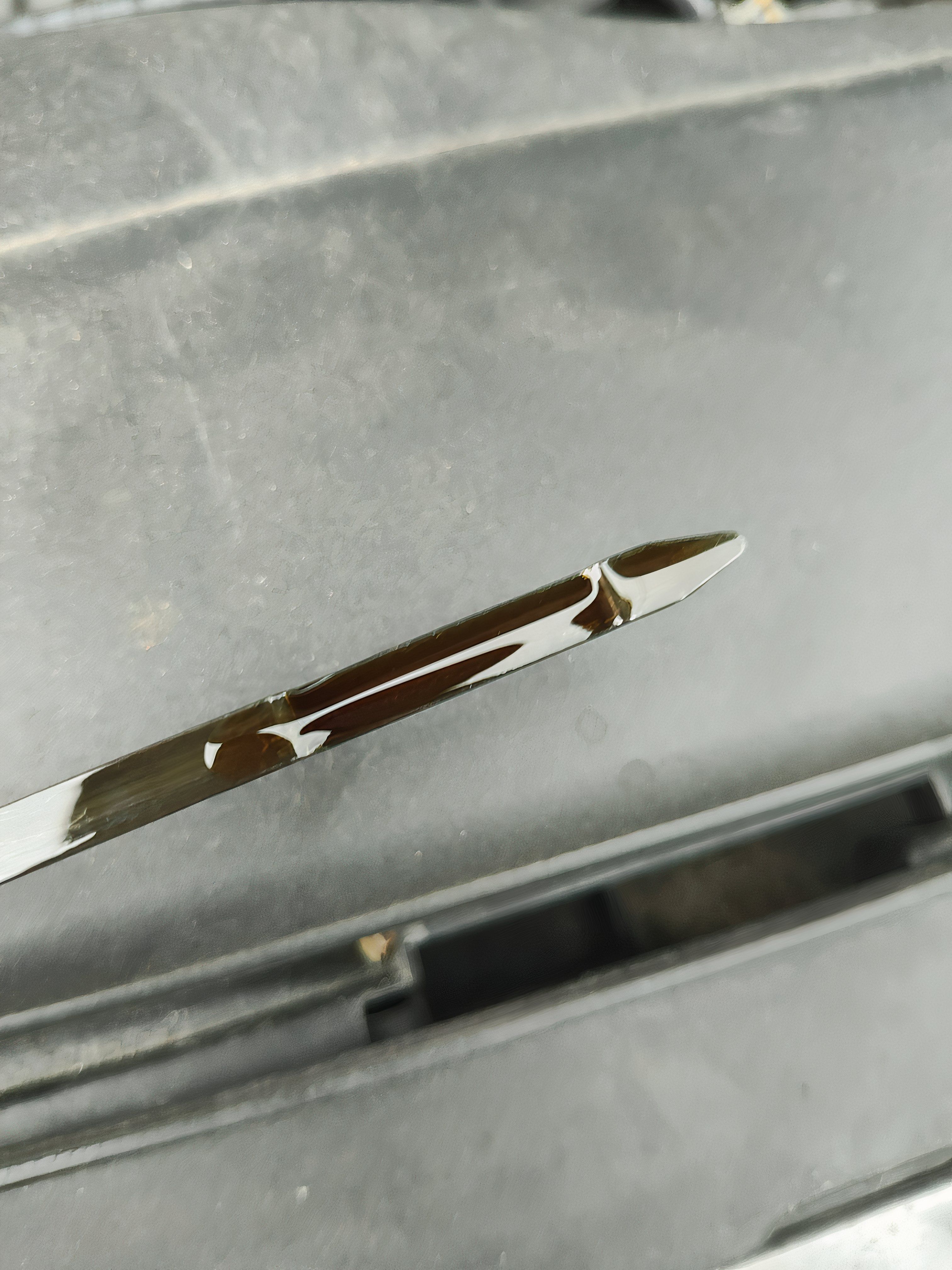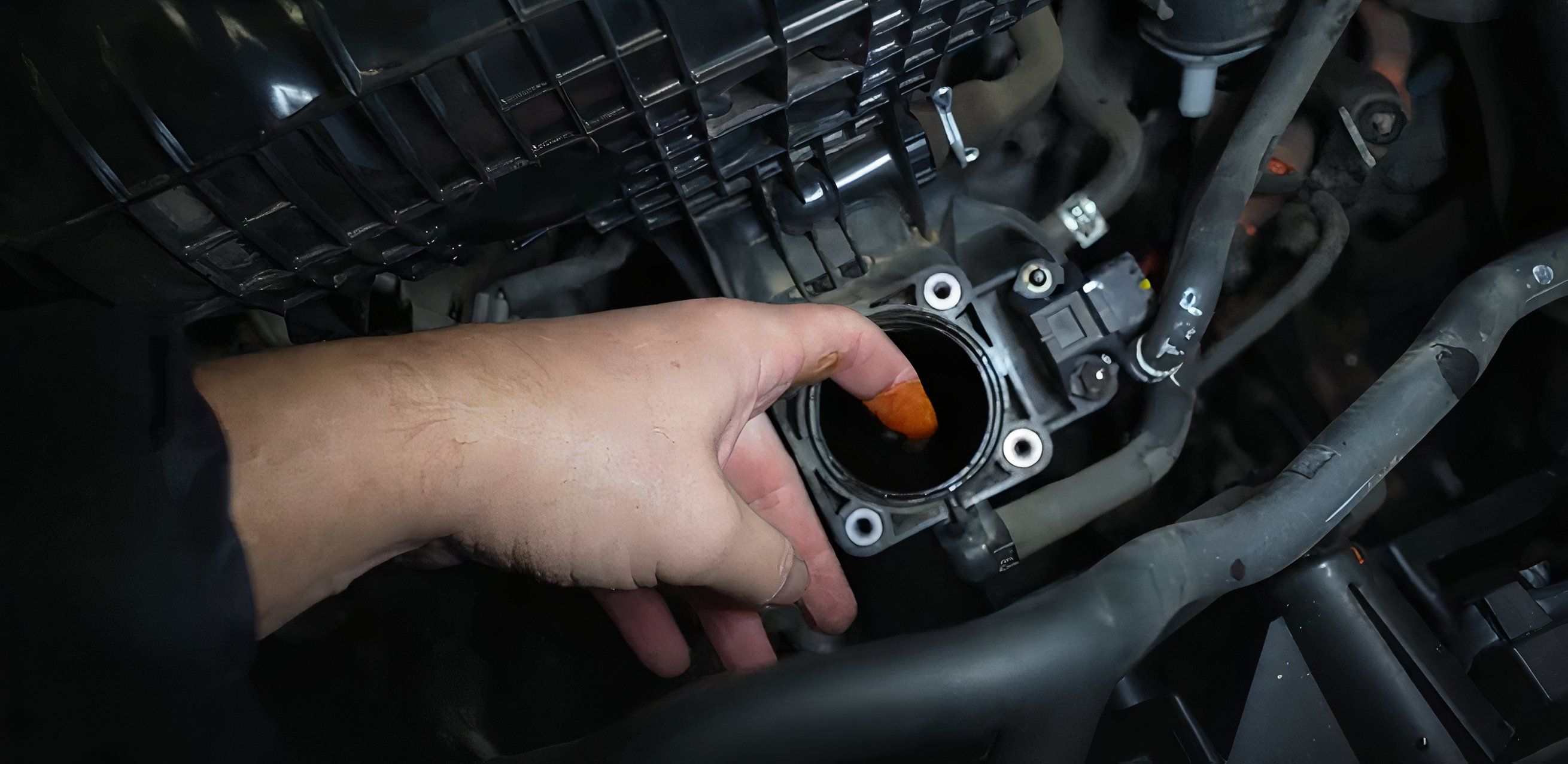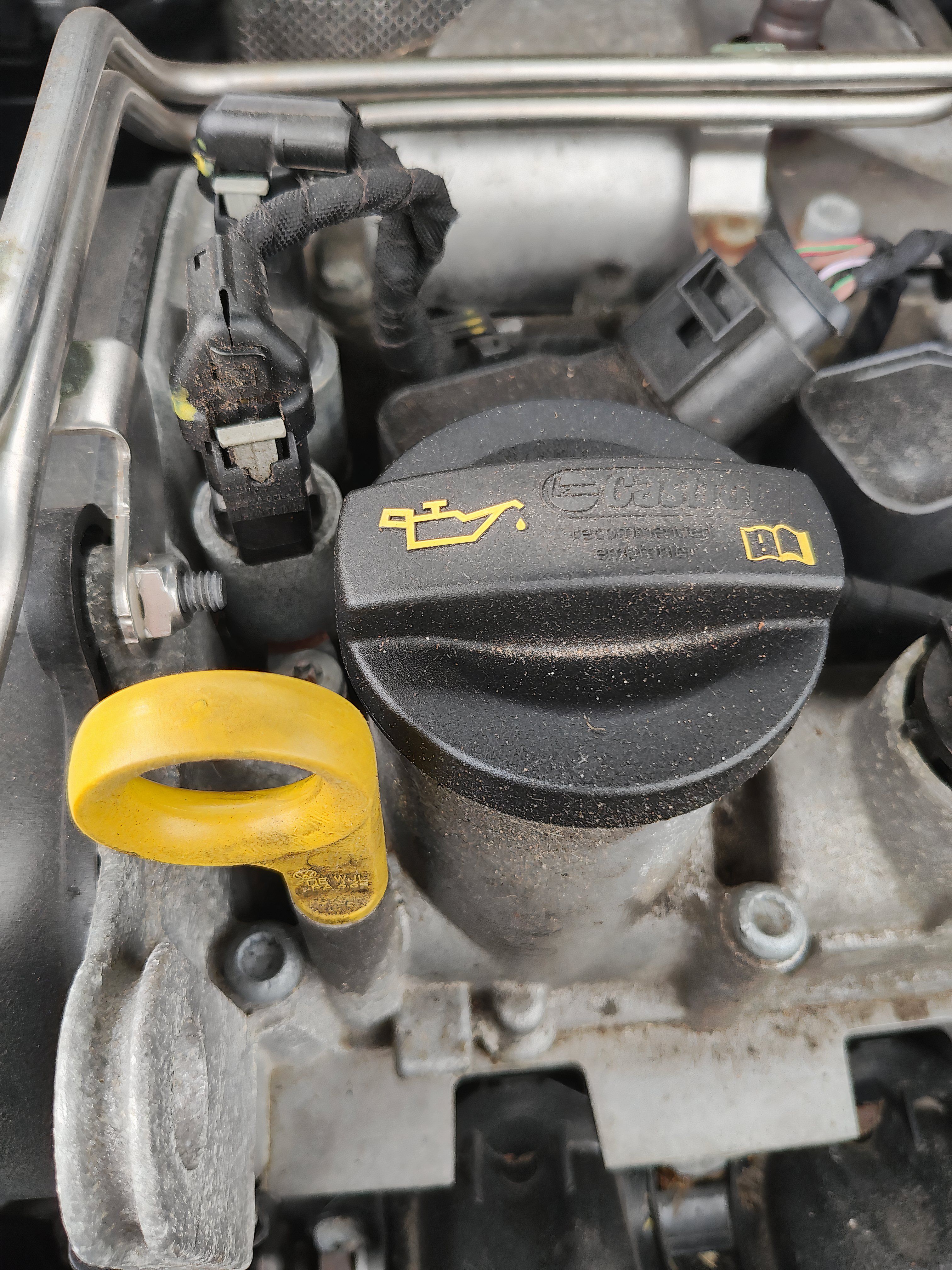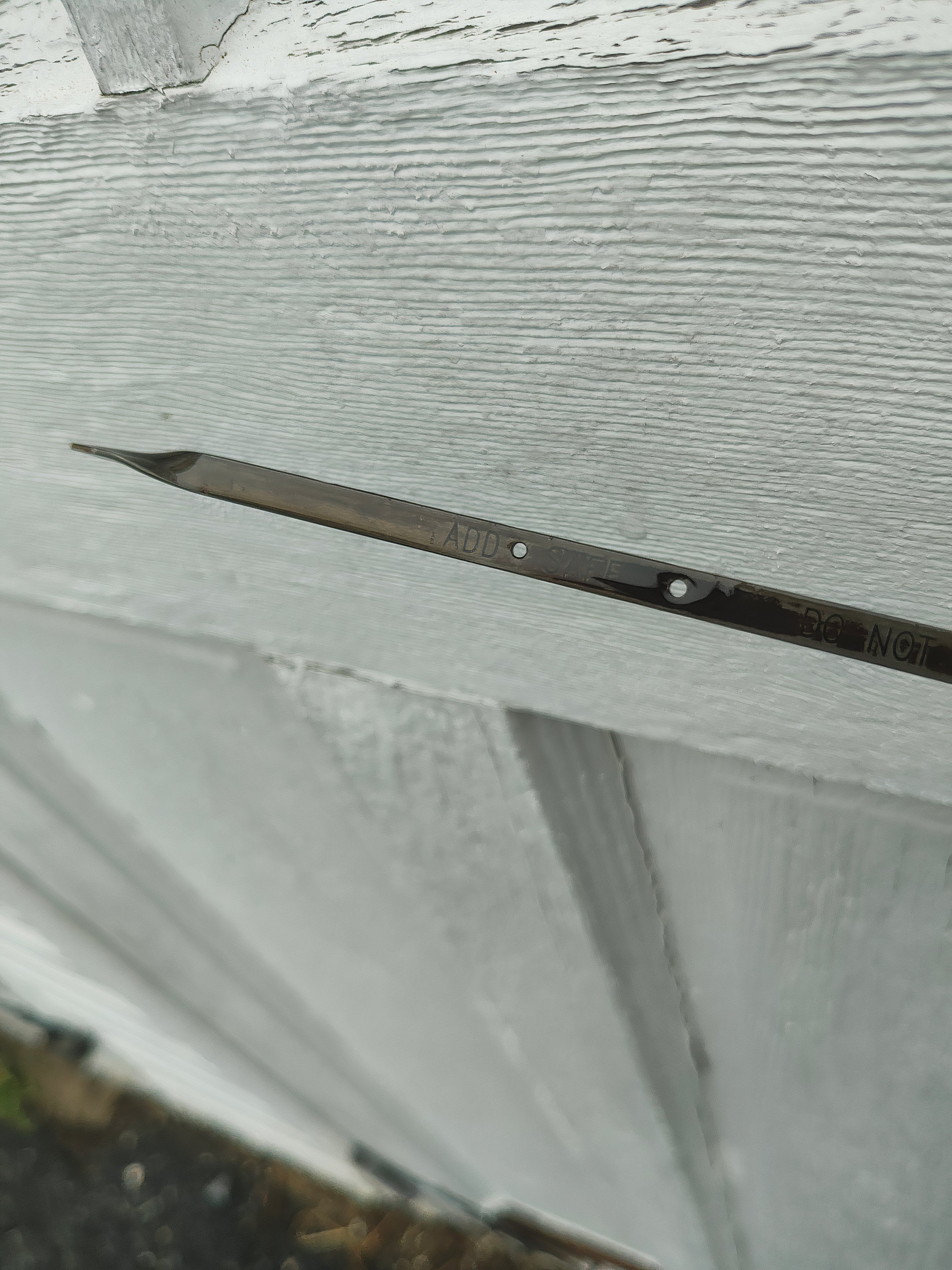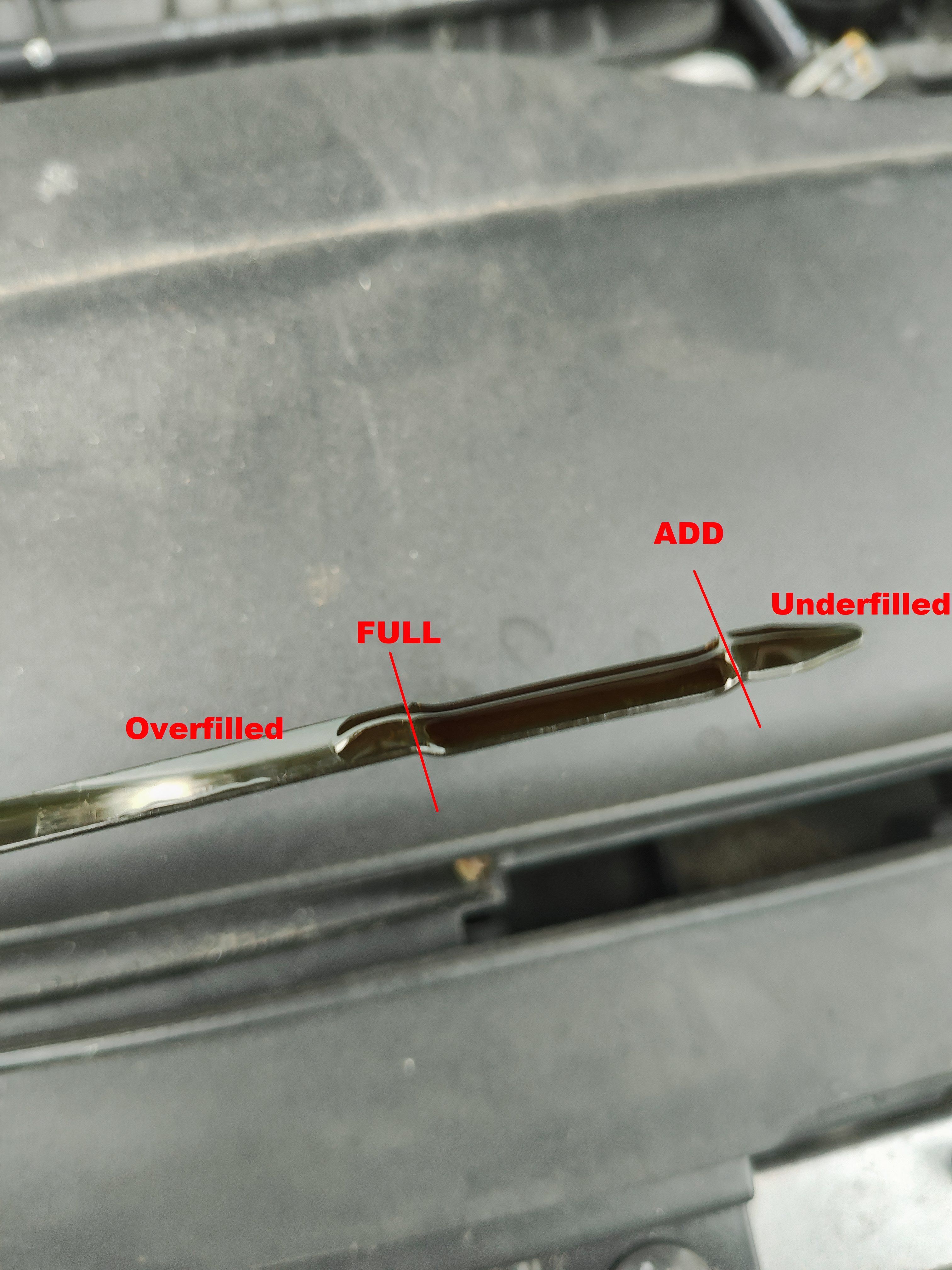The modern engine is composed of many precisely machined parts. Each component is built with a specifically calculated tolerance. When it comes to an engine’s lubrication system, the oil pump and bearing clearances help control the oil pressure. An engine has to work within tolerances as low as 1 ten-thousandth of an inch. The engine’s lubrication system is designed to reduce friction between moving parts and aid in cooling. All gear heads know that not enough engine oil can result in serious damage. However, there isn’t much talk about what happens when there’s too much oil in a car engine, which is also an undesirable scenario. In this article, we’re going to cover what happens if you overfill your car engine with oil.
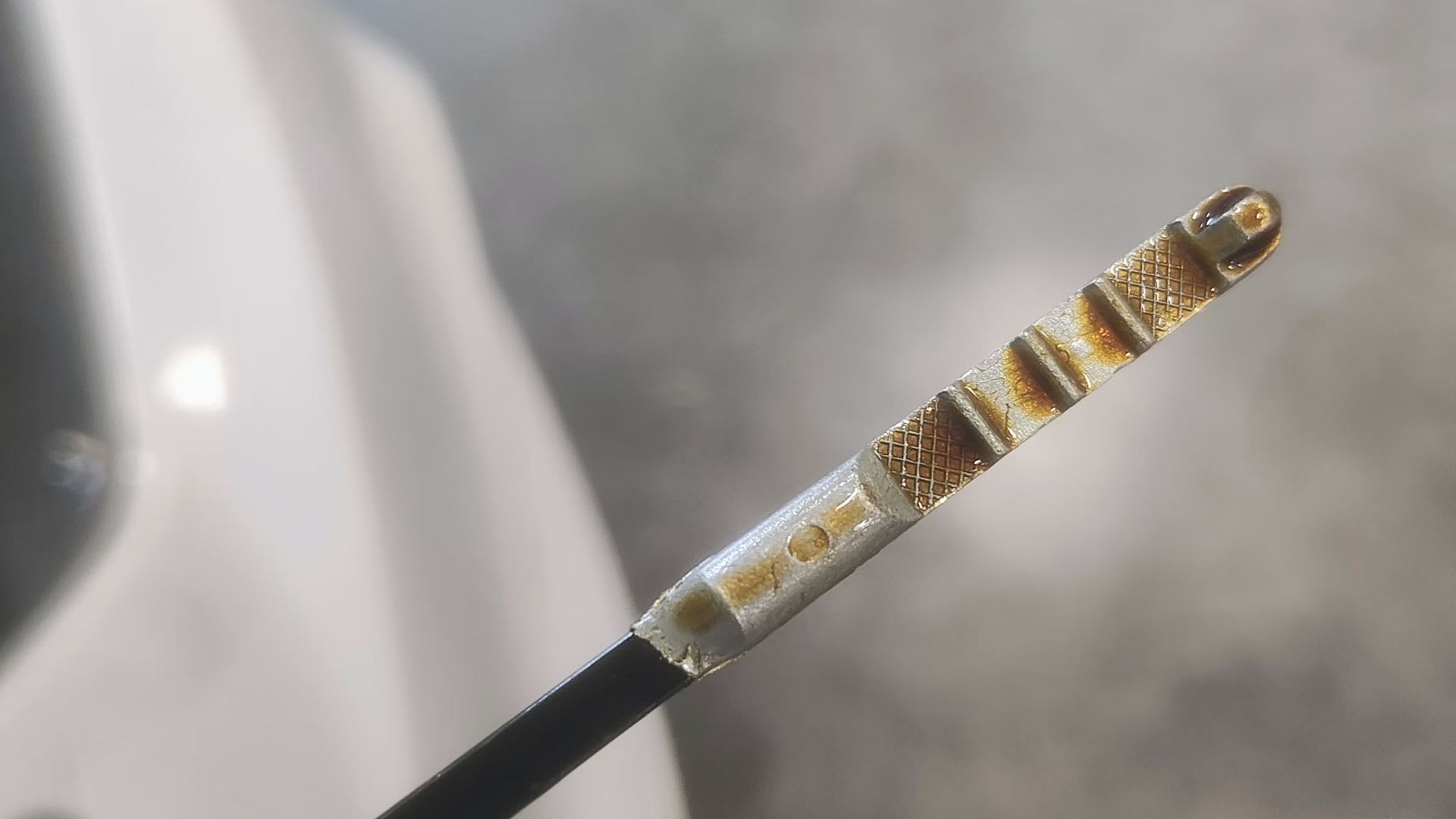
Related
How are you supposed to check oil levels in a car, when the engine is hot or cold?
We’ve heard different things from different people, and even from various car owner’s manuals, but you basically want to check when the engine oil is warm. However, you shouldn’t check immediately after the car has been running, as you’ll get a false reading. You should ideally bring a car up to operating temperature, switch it off, let it sit for 10-15 minutes, and then check, thus letting the oil in the head drip back down into the sump/oil pan. The gauge on the oil dipstick in most cars is calibrated to measure when the oil is warm and has expanded.
Why The Amount And Condition Of Engine Oil Is Crucial
As we mentioned above, the clearances inside a lubrication system are very small. This means any dirt or debris that’s traveling through this system can lead to damage. Most modern engines are made of aluminum, a very strong metal that is light and great at dissipating heat. Aluminum, unfortunately, can be easily scored and damaged as it is softer than steel. An engine’s lubrication system will suffer greatly from a lack of maintenance. Degraded, contaminated, or low engine oil will not sufficiently lubricate the internals of an engine. Without a fully functioning lubrication system, the engine internals will quickly fail, resulting in an engine that needs to be overhauled or replaced. It’s not uncommon for DIYers and even shops to mistakenly add too much new engine oil when performing a routine service. Most people wouldn’t raise caution for a slightly overfilled engine, but there are negative effects of an engine having too much oil.
Negative Effects Of Too Much Engine Oil
Depending on the specific engine, oil type, and how overfilled the engine is, there can be a number of symptoms that occur from having too much oil in your car. We’ll cover each one below.
Illuminated Check Engine Light And Misfires
Firstly, the engine crankshaft can struggle to rotate when there’s too much oil. This can also happen when the incorrect oil is used. The impeded crankshaft will not hold the desired revolutions, which can result in a check engine light and even cylinder misfires. These effects can reduce engine performance and cause the engine to have difficulty starting.
Air Bubbles And Component Wear
Another major issue with an engine that has too much oil in it is the likelihood of oil foaming and cavitation. When air bubbles form in the engine oil, the oil’s effectiveness is significantly reduced. Basically, air cannot lubricate parts. This results in the internal engine components wearing out prematurely. Even oil pumps can fail as a result of this, leading to an expensive fix, as seen in the table below for a few popular models like the Ford F-150 and Toyota RAV4.
|
Oil Pump Replacement Costs |
|
|---|---|
|
Model |
Cost |
|
BMW 328i |
$1,600 – $1,800 |
|
Ford F-150 |
$1,200 – $1,500 |
|
Honda Civic |
$940 – $1,100 |
|
Toyota RAV4 |
$1,940 – $2,400 |
|
The cost estimates above were sourced from RepairPal |
|
Oil Pressure And Oil Leaks
With too much engine oil, there can be a rise in oil pressure. Some people believe this will benefit the engine. In reality, when oil pressure becomes excessive, the oil seals can fail, causing oil leaks. Additionally, too much oil pressure can result in certain areas of the engine being starved of oil, such as the valvetrain.
4:39
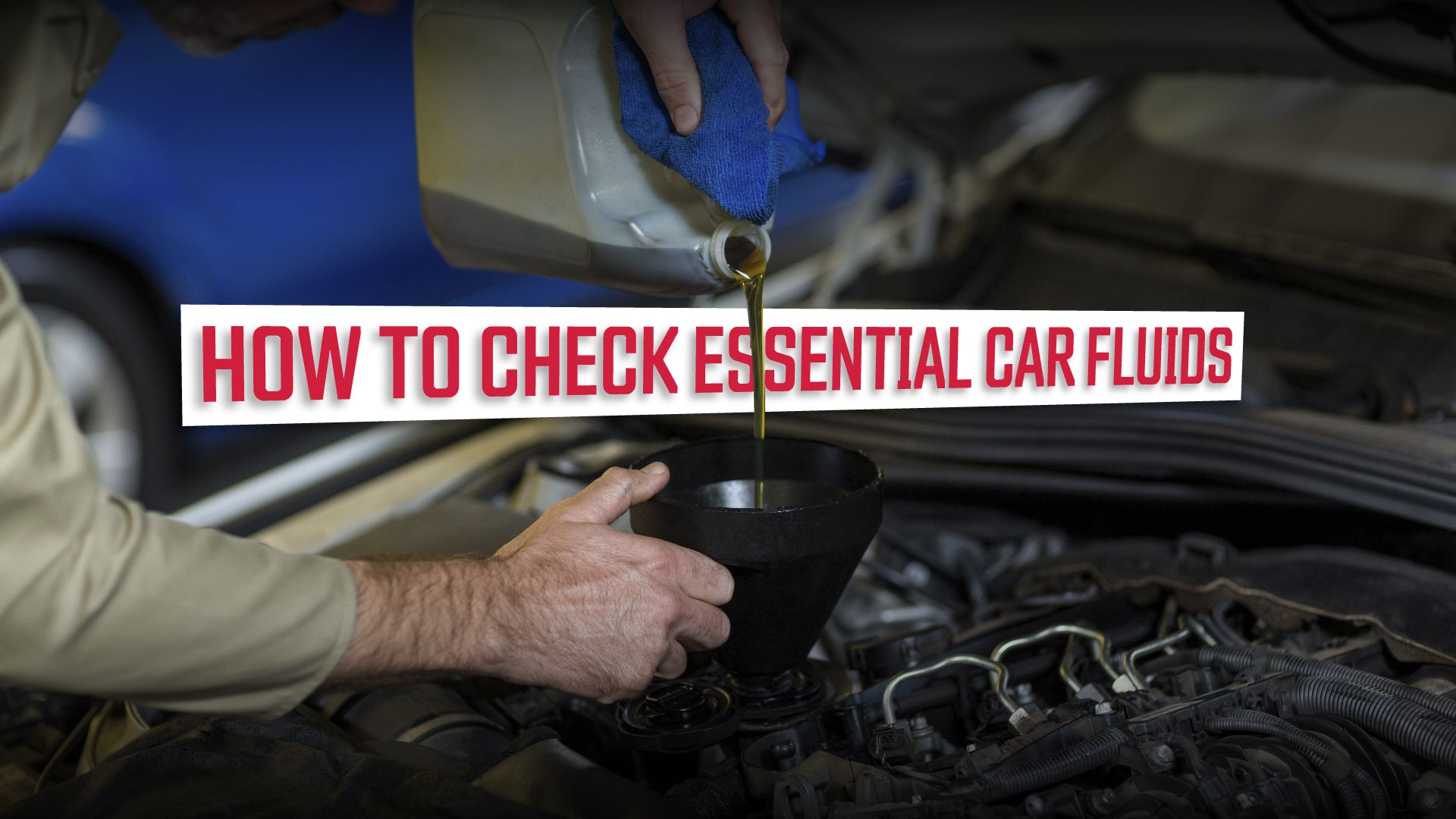
Related
Essential Car Fluids And How To Check Them
By checking these fluids periodically, you can prevent damage and extend your vehicle’s life.
Oil Pooling
Oil pooling is considered an industry term that indicates there is too much oil entering the intake. A small amount of oil will be directed to the intake from the PCV system. However, when there is too much oil in the engine, it will ‘puke’ into the intake. This results in a burning oil odor, blue exhaust smoke being emitted from the tailpipe, and cylinder misfires. Oil inside the combustion chamber can also foul spark plugs.
How To Check For Overfilled Engine Oil
To check and see if your vehicle has its engine oil overfilled, you’ll need to follow these steps:
- Position the vehicle on flat level ground.
- Open the hood and locate the engine oil dipstick.
- Remove the dipstick and wipe it clean with a towel.
- Reinsert the dipstick, remove it, and position it horizontally to accurately see the oil level.
Dip sticks have two markings on them: an ADD oil level mark and a FULL level mark. The oil should read between these markings for safe operation. If the oil rises past the full mark, the engine is overfilled; if the oil level is below the add mark, then the engine oil is underfilled. If the engine oil is overfilled, the excess oil will have to be removed.
How To Remove Excess Engine Oil
Wondering how to fix the issue of having too much oil in your car? Well, you can avoid this task altogether by taking your car to a professional or filling your car with oil gradually. As we stated above, there are negative effects of an engine with too much oil. If you find your engine’s oil has been overfilled, follow these steps to get your engine oil level to where it needs to be:
- Inspect the engine oil level and verify the engine is overfilled.
- Support or raise the vehicle in the air to gain access to the engine oil drain plug.
- Remove the drain plug and quickly reinsert it to not lose too much oil.
An additional option to remove excess oil will require a syringe with a long hose. The hose can be positioned down the dipstick tube and the syringe can be used to remove excess oil. It is better to have the engine oil between the ADD and FULL marks than to be overfilled. It is also easier to add more oil to an underfilled engine than to remove excess oil from an overfilled engine.
An overfilled engine may not seem that catastrophic, but serious damage can occur. We recommend keeping your oil level in the designated range to maintain your engine’s life and to prevent performance issues.

